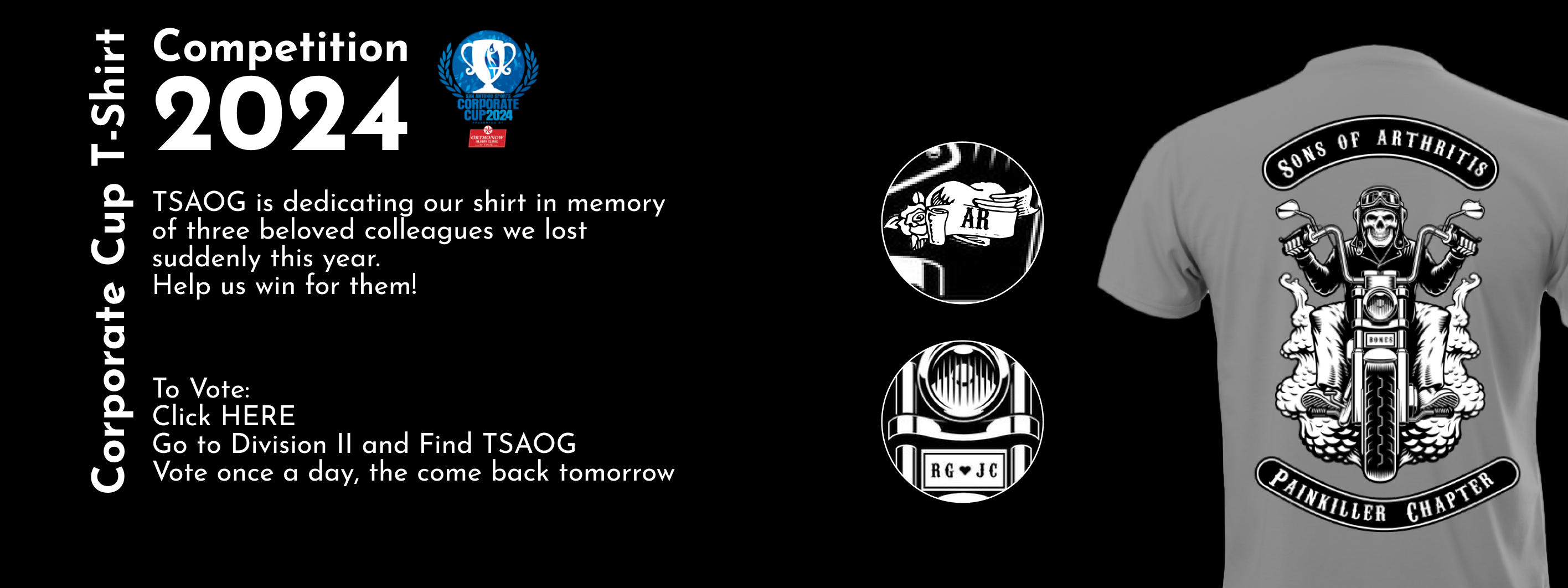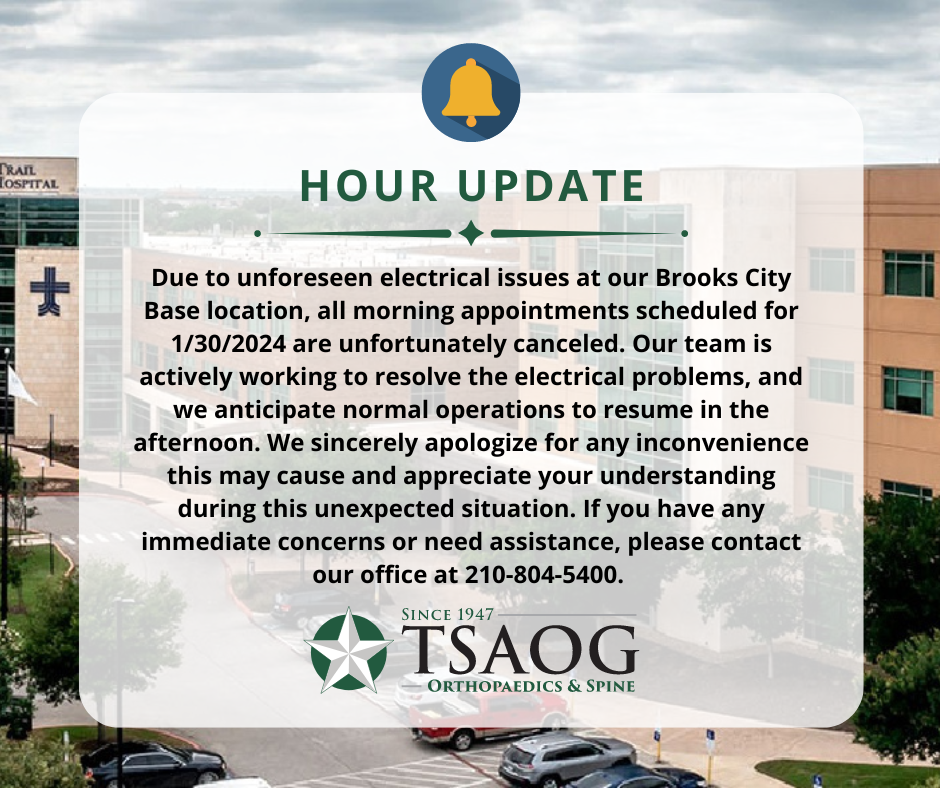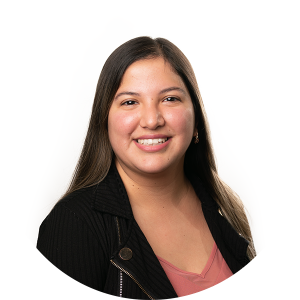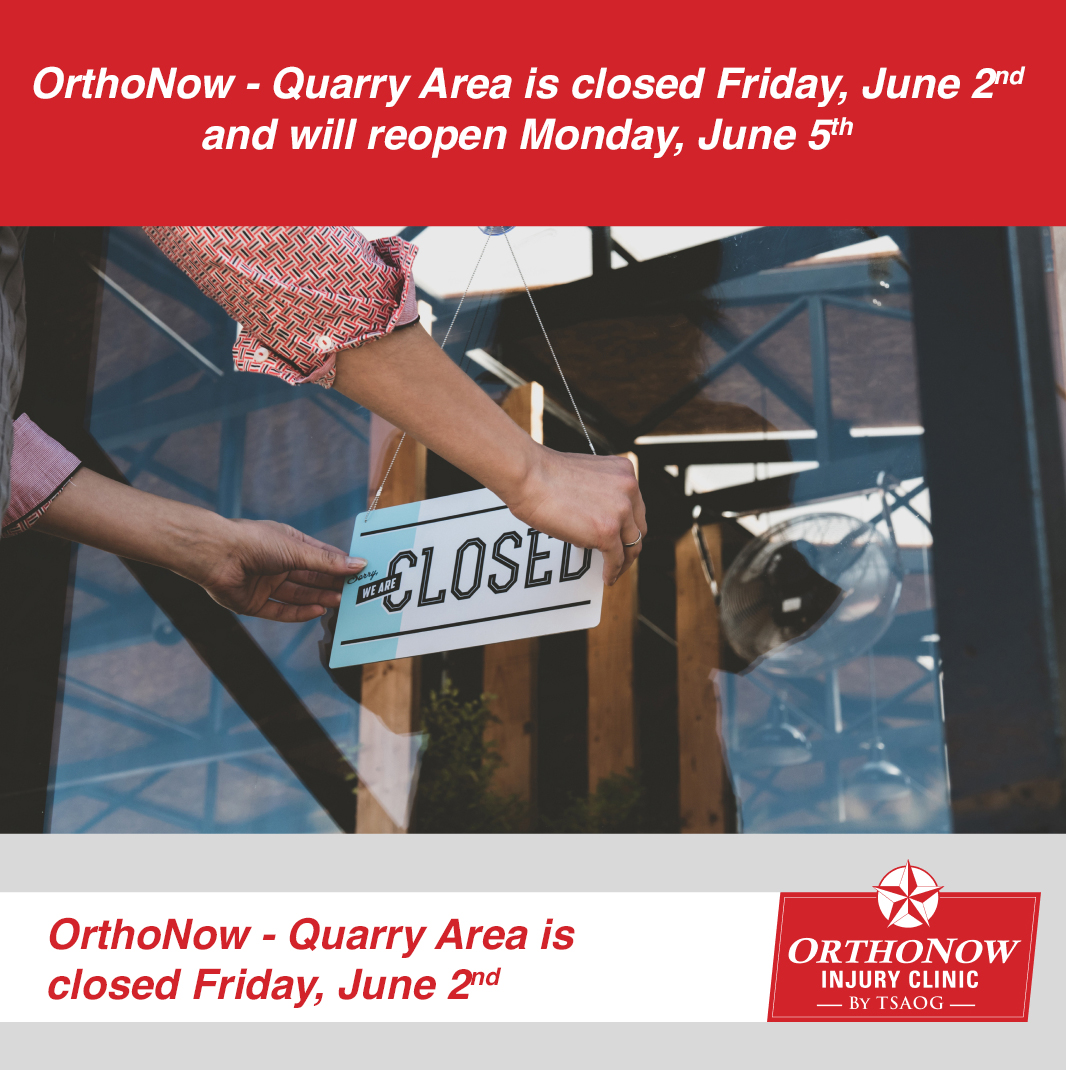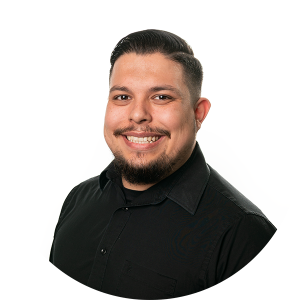Orthobiologics
Orthobiologics
Orthobiologics refers to a myriad of treatment options that are developed from biological substances that can be used to treat many different orthopedic conditions.
These treatments enable our orthopedic doctors to conservatively address many conditions that lead to chronic pain. By harnessing your body’s natural healing mechanisms, these noninvasive therapeutic procedures are effective for patients who either prefer to avoid surgery or are not suitable candidates for surgical interventions.
Orthobiologics have been proven to help patients recover from orthopedic conditions, including:
- Arthritis, including osteoarthritis and rheumatoid arthritis
- Cartilage injuries
- Golfer’s elbow
- Partial ligament tears of the ankle, wrist, elbow, and knee (ACL, MCL, and PCL)
- Partial tendon tears of the rotator cuff, knee, quads, wrist, and hip
- Plantar fasciitis
- Tendonitis
- Tennis elbow
Do not allow chronic pain to put your life on pause, there are non-surgical treatment options out there for you! Our primary care sports medicine team is well-trained in the many options available to help ease the pain and restore your mobility!
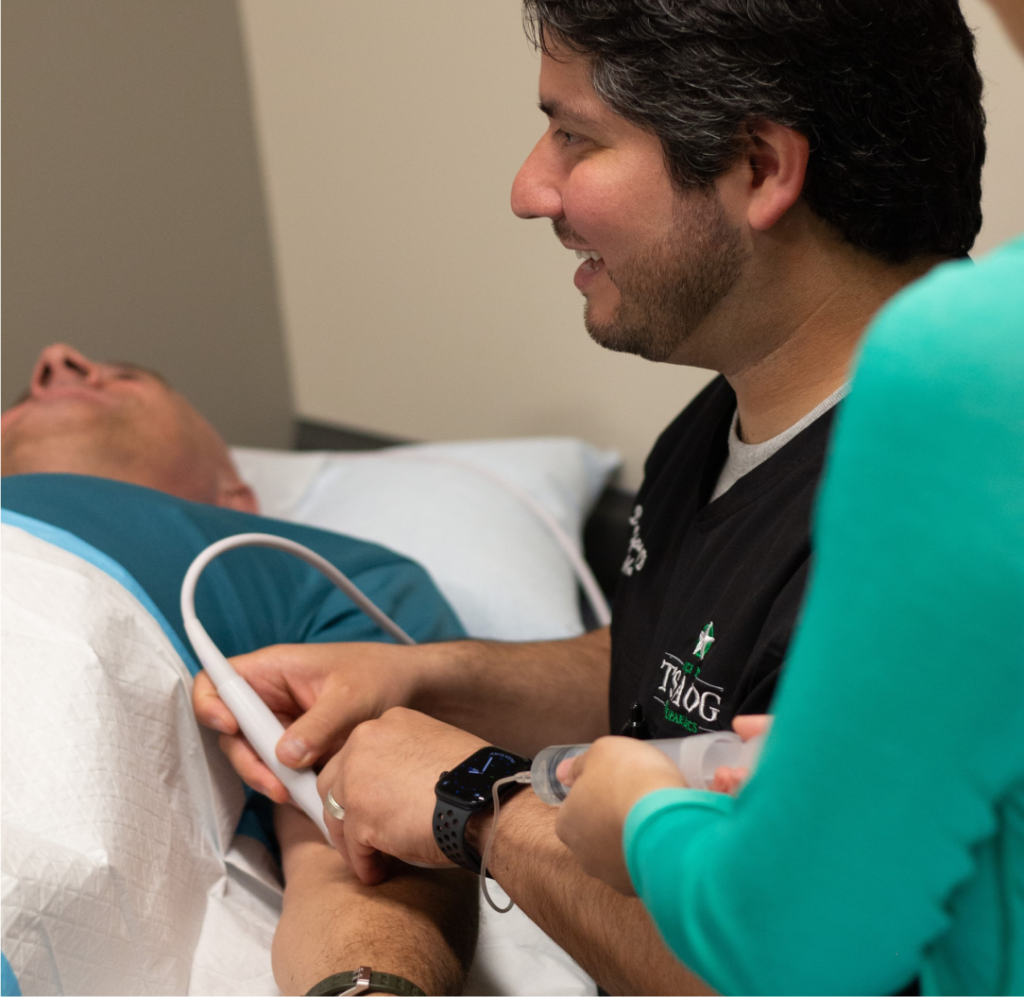
Interested in Orthobiologics?
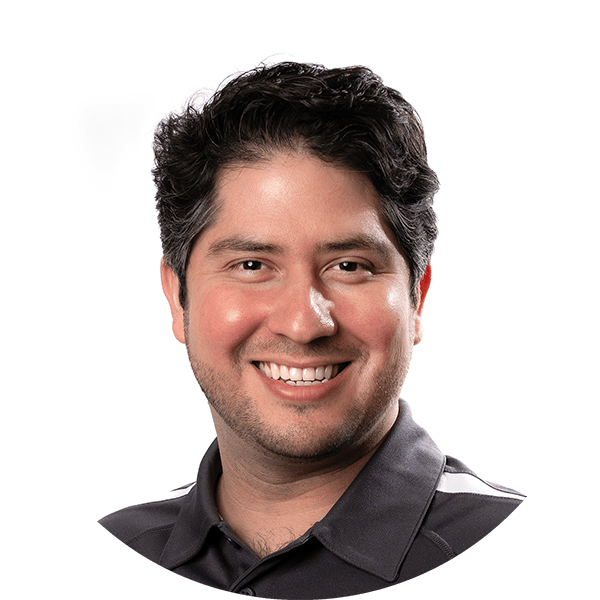
David R. Espinoza, M.D.
Sports Medicine Physician
Available at the following TSAOG locations:
- New Braunfels: Wednesday
- Quarry Area – Friday
- Ridgewoord – Monday, Tuesday, Thursday

